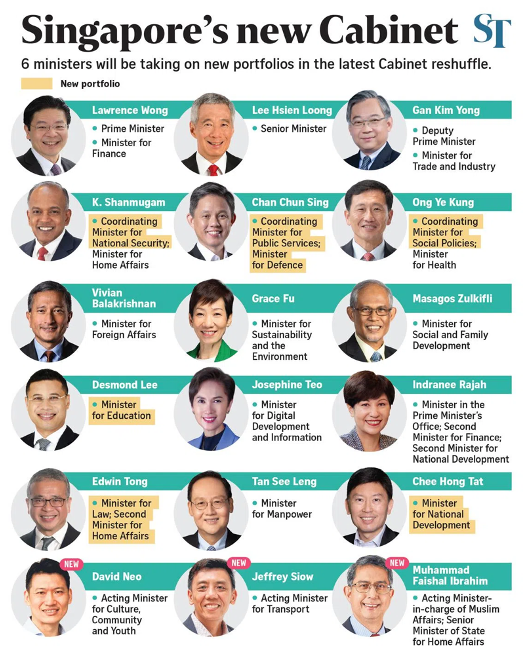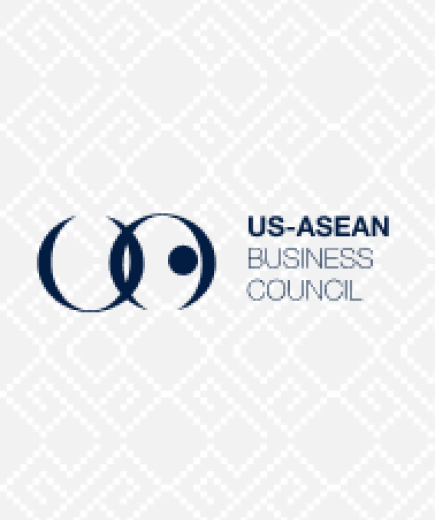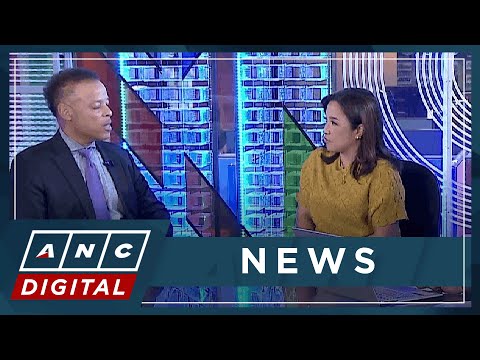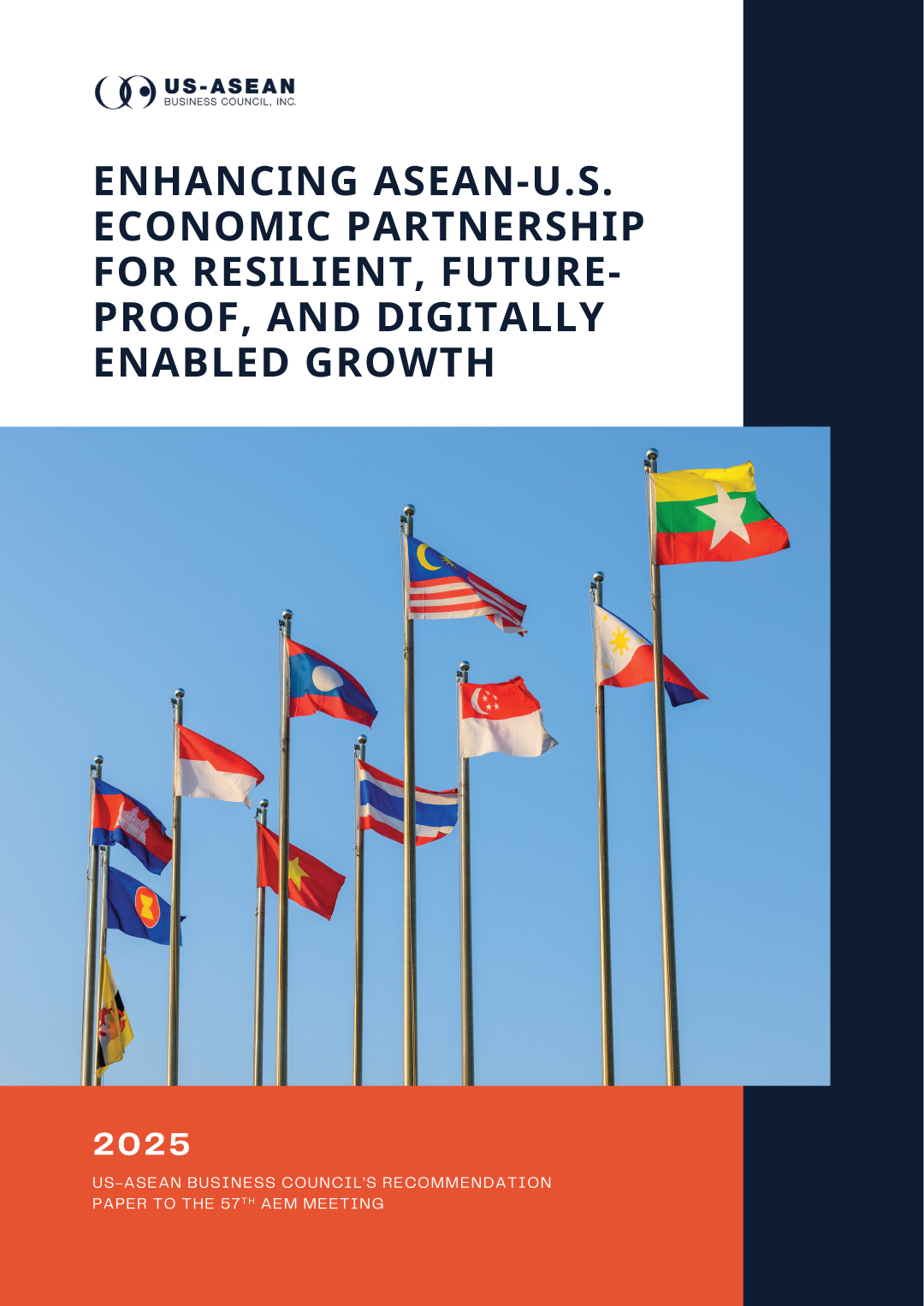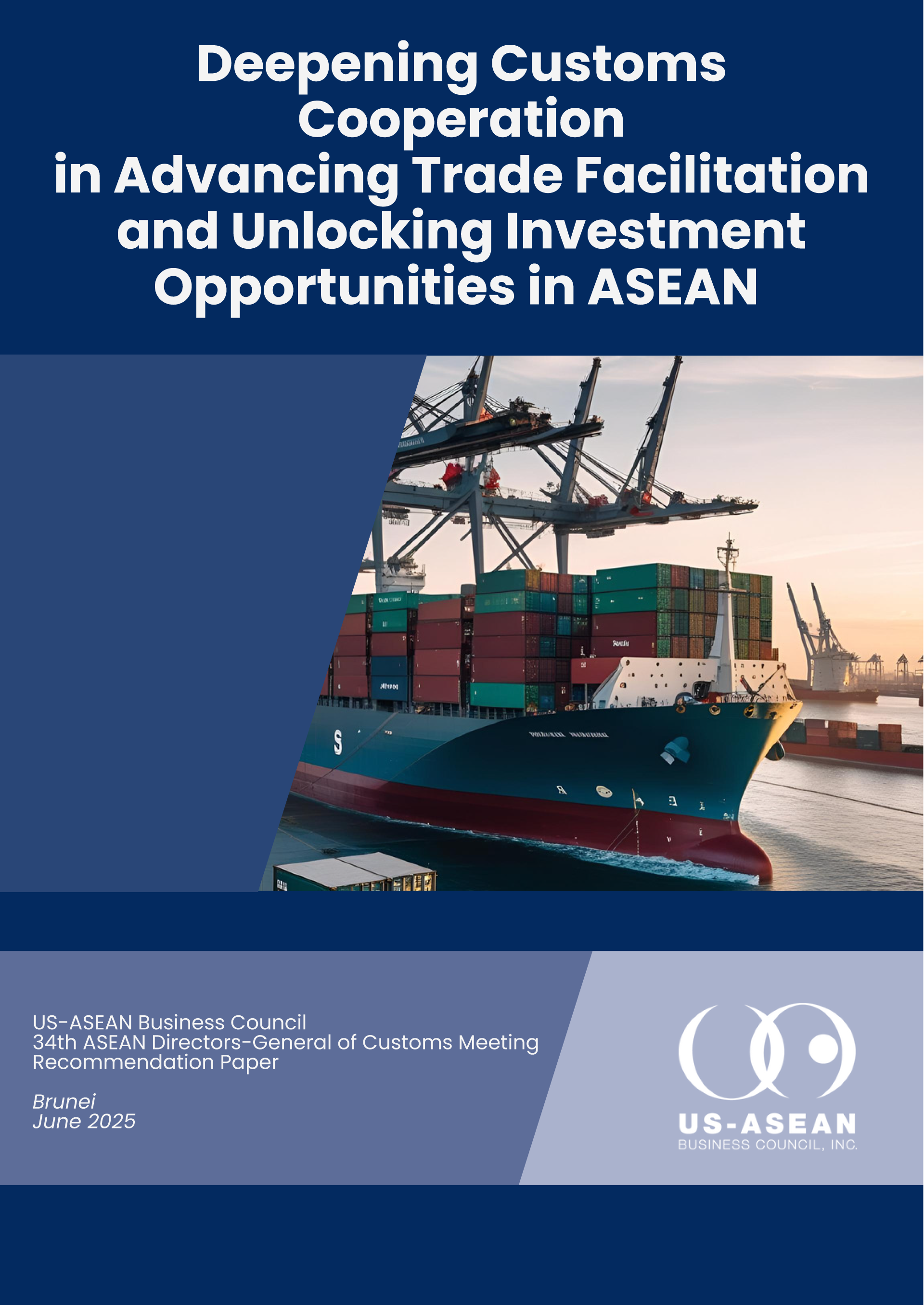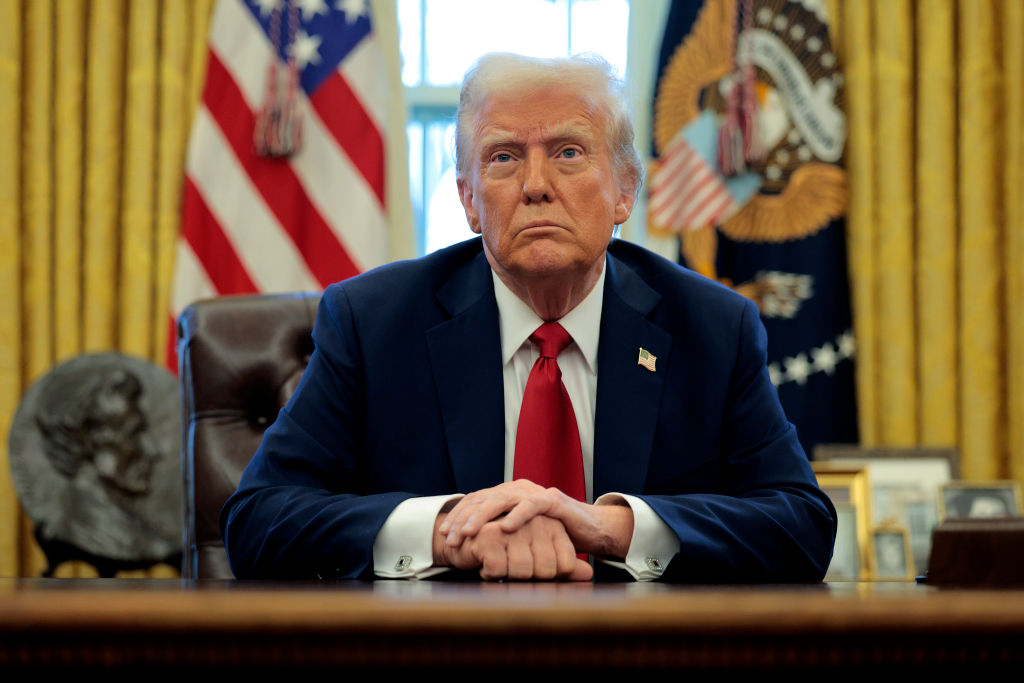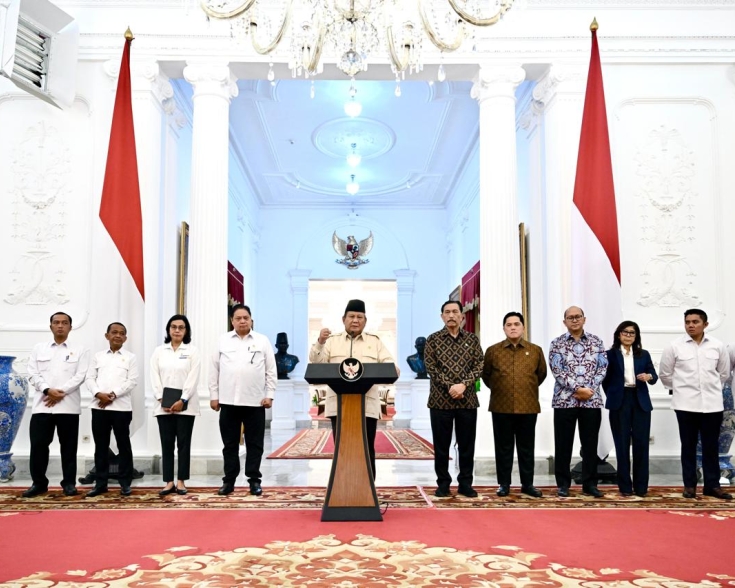Singapore's Approach to Reciprocal Tariffs: Maintaining Domestic Stability While Expanding Global Networks
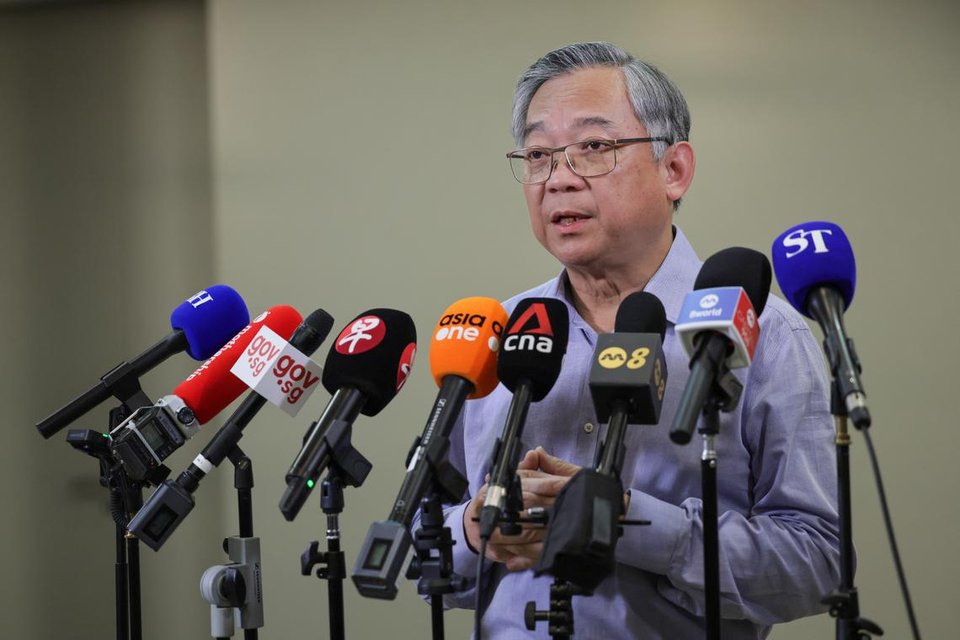
Singapore's Approach to Reciprocal Tariffs: Maintaining Domestic Stability While Expanding Global Networks
Singapore is taking a calibrated approach in response to the newly implemented U.S. universal tariffs. The country’s heavy reliance on external trade makes it particularly vulnerable to such shocks. In 2023, Singapore’s total exports of goods and services amounted to approximately 174% of its GDP. The U.S. was Singapore’s third-largest export destination, with exports valued at around USD 44.9 billion – making up roughly 10% of Singapore’s total exports. The rise in U.S. import tariffs from 0% to 10% risks higher costs for U.S. consumers and dampens demand for Singaporean exports, especially for electronics, machinery and pharmaceuticals. Production shifts or cutbacks may potential downward revisions to the 2025 GDP forecast (currently 1–3%). These risks are further compounded by ongoing U.S.-China trade frictions.
Singapore plans to work constructively with U.S. counterparts to address shared concerns and advance regional and global trade partnerships, while taking proactive steps at home to manage the economic impact of the tariff implementation.
Deepening Sectoral Cooperation
Singapore has adopted a non-retaliatory, collaborative approach in response to the recent U.S. tariff measures. The Government is in talks with U.S. agencies to clarify the scope of the tariff framework and minimize potential disruptions. Within weeks of the announcement on the reciprocal tariffs, Deputy Prime Minister and Minister for Trade and Industry Gan Kim Yong engaged in a series of introductory calls with U.S. Trade Representative Jamieson Greer (April 15), Secretary of Commerce Howard Lutnick (April 25), and Treasury Secretary Scott Bessent (May 8). In these discussions, both sides reaffirmed strong economic ties and acknowledged the consistent U.S. trade surplus with Singapore. While the 10% baseline tariff remains, the parties agreed to explore practical ways to enhance collaboration in trade, investment, and emerging sectors, with U.S. officials expressing openness to discussing creative solutions in addressing Singapore’s concerns.
Singapore also raised concerns over the potential expansion of Section 232 tariffs to additional sectors, including pharmaceuticals—a key industry that accounts for approximately 10% of Singapore’s exports to the U.S. In response, Singapore is seekingtargeted concessions to safeguard this strategically important sector. Beyond the immediate tariff issues, discussions with U.S. counterparts also focused on strengthening bilateral cooperation in future-oriented areas such as digital infrastructure, clean and secure energy systems, and semiconductor supply chains. With U.S. firms increasing their investments in Singapore’s high-performance computing and data center ecosystems, Singapore reiterated its commitment to becoming a global hub for artificial intelligence. In support of shared security and technological interests, Singapore has tightened export controls on advanced AI chips to prevent unauthorized end-use—a move shaped by earlier compliance incidents.
Advancing Regional and Multilateral Alignment
Although U.S. tariffs could affect current trade patterns, Singapore is well-placed to shape the future of regional integration and development. With ASEAN emerging as one of the world’s fastest-growing regions, Singapore’s position as a key entry point to Southeast Asia is poised to grow. PM Wong noted that ASEAN remains central to Singapore’s foreign policy, urging the upgrade of ASEAN’s FTAs with key partners such as China, India, and Korea. ASEAN economies are expected to advocate for reducing non-tariff barriers and enhancing intra-regional trade. In the recently held ASEAN Summit from May 26 to 27, Singapore emphasized ASEAN’s need to respond collectively to the U.S. tariffs by accelerating regional integration and engaging external partners like the Golf Cooperation Council and China. ASEAN leaders acknowledged the urgent need for deeper regional integration, including eliminating tariffs within the bloc and reducing non-tariff barriers to facilitate smoother trade. They reached a consensus to maintain unity in dealing with the U.S., supporting bilateral negotiations only if they do not undermine ASEAN’s collective interests. In addition, Singapore seeks to expand strategic partnerships with like-minded countries and forge new connections in regions like the Middle East, Africa, and Latin America. On May 3, 2025, the Pacific Alliance-Singapore Free Trade Agreement (PASFTA) entered into force for Chile, Peru and Singapore. The PASFTA is Singapore’s 28th Free Trade Agreement, and a major milestone in Singapore-Pacific Alliance (PA) economic relations.
Singapore is also reinforcing its multilateral posture by focusing on expanded digital and green economy collaboration with key partners such as the UK. PM Wong has articulated a vision that emphasizes not only deeper regional integration within ASEAN but also a strong global network of partners. On May 7, Singapore and the European Union signed the EU-Singapore Digital Trade Agreement (EUSDTA). Building on the 2019 EU-Singapore FTA, the EUSTDA establishes high-standard rules to facilitate secured cross-border data flows and strengthen consumer protection, aiming to unlock new opportunities for businesses and consumers in both economies.
Monitoring Spillovers
The Government is closely monitoring potential trade diversion and dumping from countries rerouting goods to avoid higher U.S. tariffs. While anti-dumping measures are available, Singapore will proceed cautiously to avoid raising prices for local consumers. With most industries being export-oriented, policies must strike a balance between protecting domestic producers and keeping imports affordable.
Domestic Readiness
On April 8, Prime Minister Lawrence Wong delivered a ministerial statement outlining Singapore’s response to the shifting trade environment. He cautioned that the new tariffs signal deeper global fragmentation and volatility, requiring Singapore to prioritize economic resilience over traditional efficiency models. He reaffirmed that fiscal buffers would be deployed under Budget 2025 to support businesses, workers, and households through the transition.
To coordinate domestic readiness, a new multi-agency taskforce called the Singapore Economic Resilience Taskforce (SERT) was formed to help businesses and workers navigate the immediate uncertainties arising from the U.S. tariffs. The taskforce is chaired by DPM Gan and includes representatives from other economic ministries, the Singapore Business Federation, the Singapore National Employers Federation, and the National Trades Union Congress. The group’s mandate is to deliver targeted support and to ensure that the broader economy can adapt to the new trade reality. SERT has been actively engaging businesses, workers, and households to understand the tariffs’ impact on cashflow, job security, and cost of living. The taskforce is also preparing targeted support measures—including financial assistance, job creation initiatives, and upskilling programs. In addition, Singapore economic agencies have been in touch with multinational and local firms since the U.S. announcement.
Following the May 21 Cabinet reshuffle (see illustration below), DPM Gan will continue leading trade negotiations with Washington. The new Cabinet introduced a sizeable number of new political appointees and ministerial roles, with some existing Cabinet ministers retaining their portfolios. Of note, three new Coordinating Minister positions were created, with Gan Kim Yong as the sole Deputy Prime Minister.
